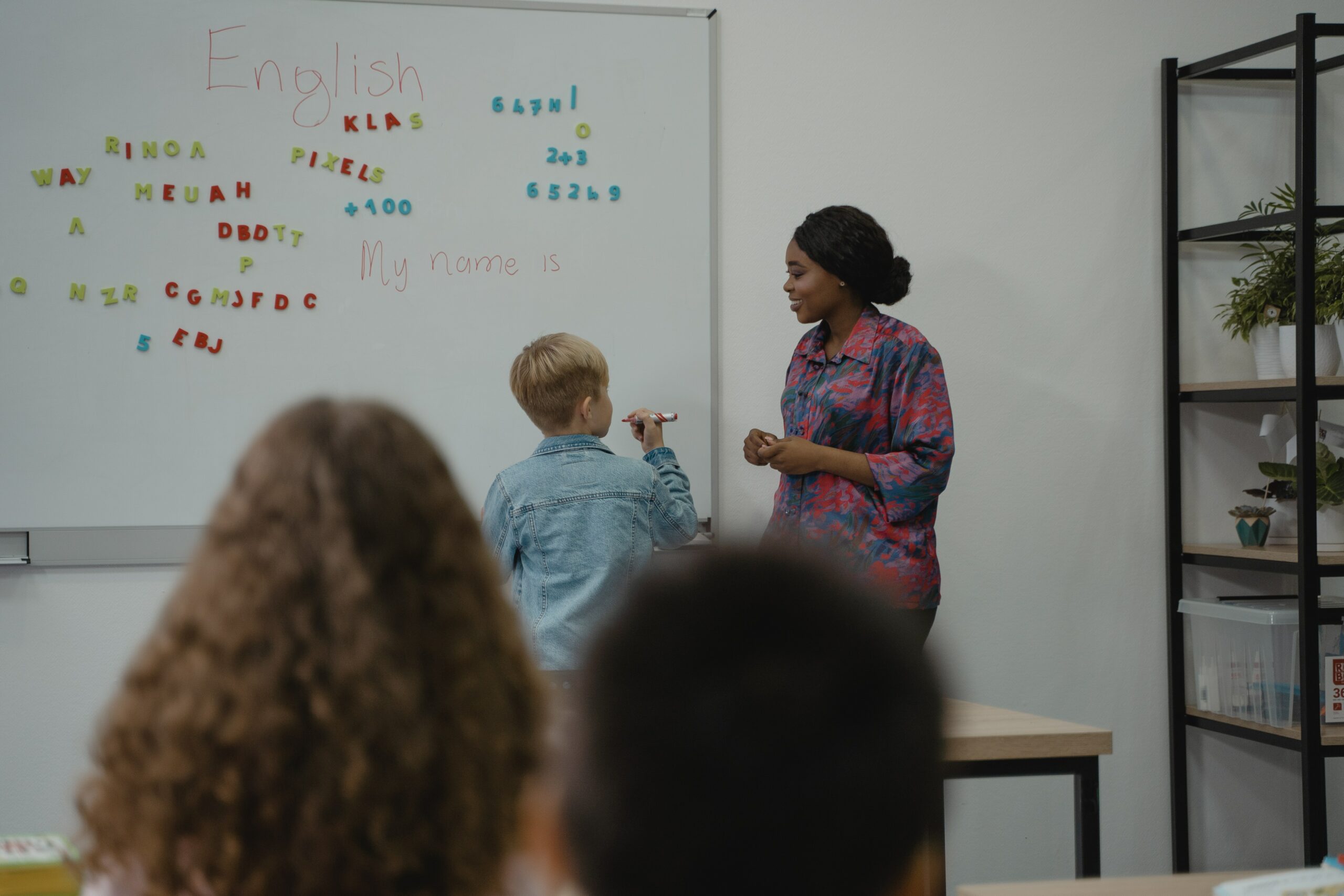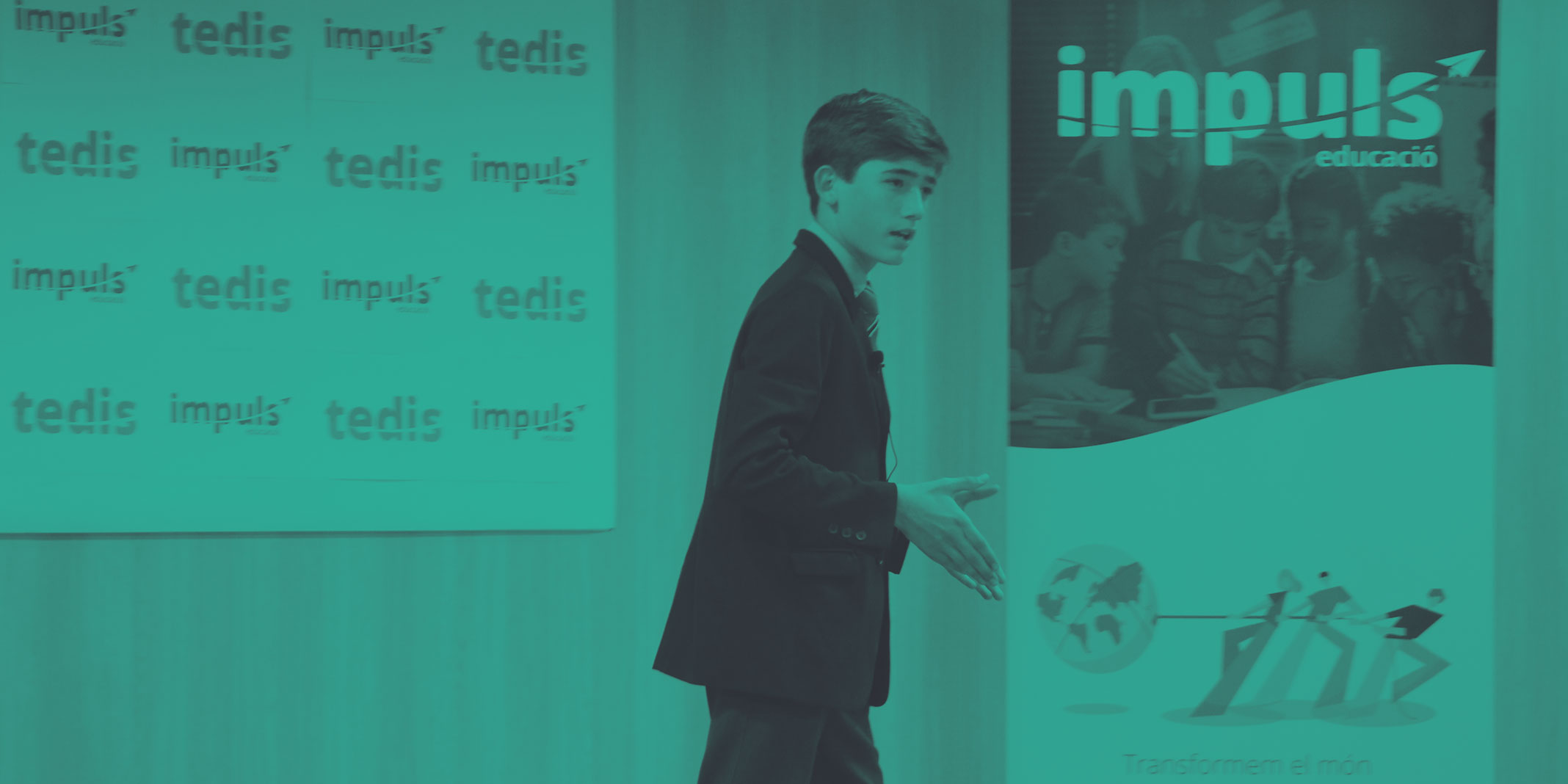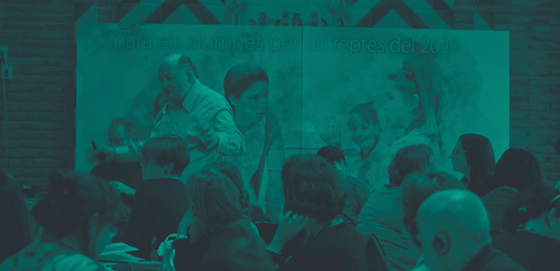Over the past decades, it has been considered that learning strategies have become influential in education. There is an increasing recognition that the active use of self-regulated learning strategies contributes to cognitive development, knowledge acquisition and creativity stimulation in a range of learning contexts (Hamman,2005; Teg and Zhang, 2016; Zimmerman,2013).
The active use of self-regulated learning strategies contributes to cognitive development, knowledge acquisition and creativity stimulation

It takes better teachers to focus on the learner (Peter Strevens) and teach them how and when to use strategies. Without any doubt, it can help them become self-directed learners.
Language learning strategies (LLSs) have been defined in several ways. But the most widely accepted definitions of LLSs is specific actions taken by the learner to make learning easier, faster, more enjoyable,more self-directed, more effective and more transferable to a new situation (Oxford, 2017)
Over recent years, an increasing body of work has emphasized that learning strategy use has been one of the most frequently studied areas of Foreign Language (FL) learning. Several classifications have been presented, the most influential being Oxford’s taxonomy, which groups strategies in two main categories: direct and indirect strategies (Oxford, 2017).

An increasing body of work has emphasized that learning strategy use has been one of the most frequently studied areas of Foreign Language
1-The direct strategies contain three strategy domains: (1) Memory strategies, which contribute to the reception, storage and recall of information, (2) Cognitive strategies, which make it possible to work with information in which mental processes play a major role, and (3) Compensation strategies, which aid in processing or transmitting information even when language barriers arise or there are gaps in communication.
2-The indirect strategies also comprise of three strategy types: (1) Metacognitive strategies, which focus on learning planning, achievement of learning goals, and monitoring and evaluation of activities, (2) Affective strategies, which deal with language learning-related emotions; and (3) Social strategies, which are linked to communication-based language learning, in which the role of highly proficient speakers also occurs.
According to O’Malley et al. (1985), by combining metacognitive and cognitive strategy training, learners are able to reflect on what they are doing- and why- and become aware of how they learn.
By combining metacognitive and cognitive strategy training, learners are able to reflect on what they are doing- and why- and become aware of how they learn

With this idea in mind, metacognitive strategies play an important role in students’ own learning process. According to Oxford (2017), applying metacognitive strategies to the four language skills (reading, listening, writing and speaking) brings benefits to language learners.The three sets of metacognitive strategies are:
- Centering your learning. An example of this strategy is Overviewing and linking with already known material. It can be accomplished following 3 steps: learning why the activity is being done, building the needed vocabulary, and making associations,
- Arranging and planning your learning. An example of this strategy is Finding out about language learning. It is based on making efforts to find out how language learning works by reading books, talking with other people. Then, using this information can improve one’s own language learning and,
- Evaluating your learning. An example of this strategy is Self- monitoring. It consists of identifying errors in understanding or producing the new language and avoiding them.
Furthemore, there is a growing awareness of cognitive strategies. They are found to be one of the most popular strategies with language learners. In fact, they range from repeating to analyzing expressions to summarizing. There are four sets of cognitive strategies:
- Practicing. An example of this strategy is Recognizing and using formulas and patterns. It focuses on being aware of / or using routine formulas. In other words, single, unanalyzed units such as: Tell me more, and what happened then?,
- Receiving and sending messages. An example of this strategy is Getting the idea quickly by using skimming to determine the main ideas or scanning to find specific details of interest. It helps learners understand rapidly what they hear or read in the new language,
- Analyzing and Reasoning. An example of this strategy is Reasoning Deductively. Learners can use general rules and apply them to new target language situations. This is considered to be a top-down strategy leading from general to specific,
- Creating structure for input and output, which is necessary for both comprehension and production in the new language. An example is to take notes such as the semantic map, the standard outline form and so on.
Underpinning these learning strategies is the development of the students’ creativity. According to Ellis and Ibrahim (2019), this is established by developing the characteristics of creative people through learning environment and activities which:
- Foster questioning, patience and openness to fresh ideas.
- Have a high level of trust.
- Provide opportunities to enjoy experimenting and taking risks.
- Provide opportunities to make choices and be independent.
- Help students see connections and make links in their learning.
- Allow students to learn from mistakes and failures and build self-esteem and confidence.
Taking up this idea of creativity, Edward de Bono states that creativity involves breaking out of established patterns in order to look at things in a different way. Moreover, he focuses on the idea that “asking a question is the simplest way of focusing thinking…..asking the right question may be the most important part of thinking “.

Asking a question is the simplest way of focusing thinking…..asking the right question may be the most important part of thinking
To some extent, learning strategies can affect the learners’ perceptions of their own learning and their creativity.
You might also like









Leave A Comment